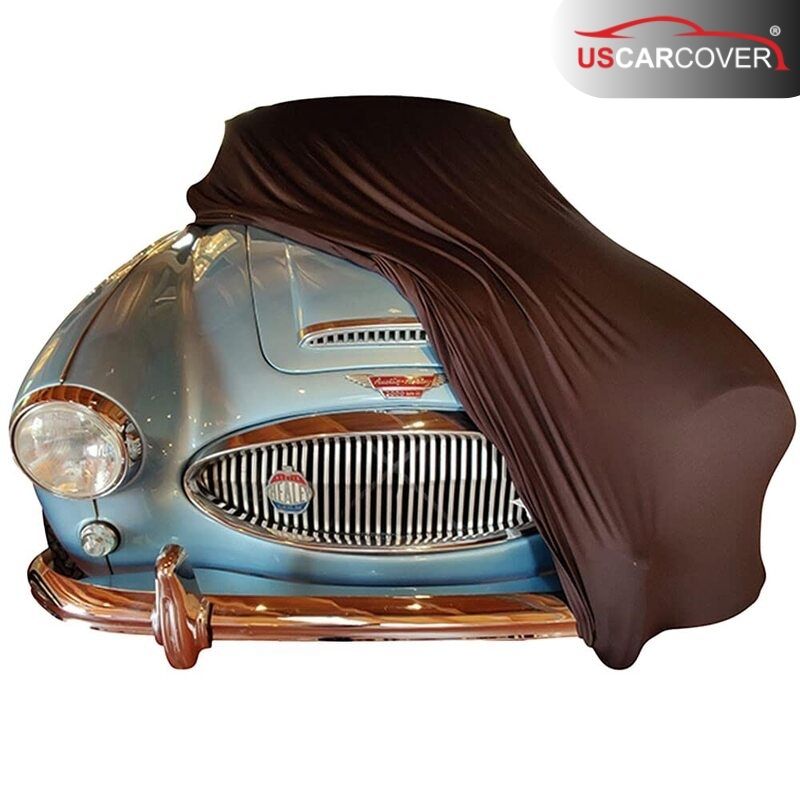
Austin Car Cover: Friend of foe? Austin cars have a special kind of charm - refined classic lines, eye-catching chrome trims, and broad glass panels that seem to tell stories of time whenever the car stands still. But when that touch of British elegance meets America’s diverse climates, things get more complicated. Persistent dampness in Seattle, scorching dry heat in Arizona, salty air and unpredictable rain along the East Coast - all quietly wear down your car over time. This article helps you see the full picture, recognize the common pain points, and then dive straight into a climate-based checklist to choose the right Austin car cover from the start - along with safe usage habits and a few simple, practical tips.
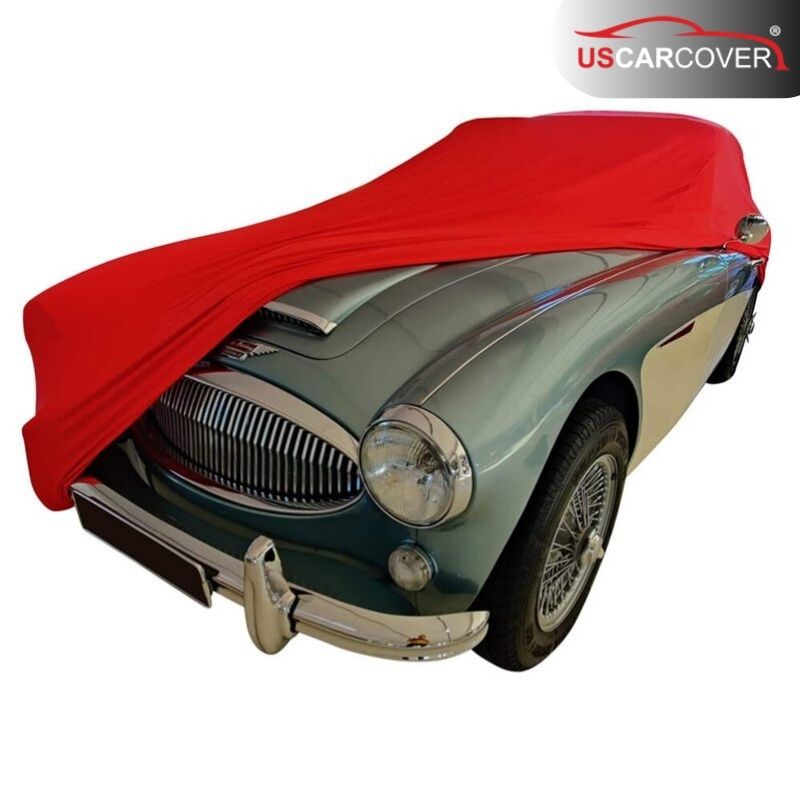
Related Articles: BMW Car Cover Why a car in the garage still deteriorates and how to stop it at the source
Where Austin stands today
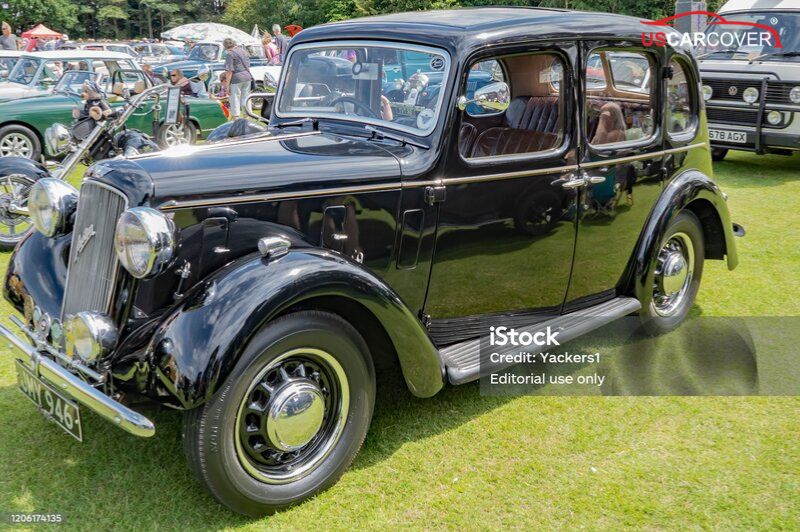
Before we talk about covering, let’s agree on what we’re protecting: a piece of British motoring heritage that still runs. Austin is beloved for its simple, tasteful design and for how approachable it is to maintain and restore. Around the U.S., you’ll still see Seven, A30/A35, A40 Farina, Cambridge, Westminster, and in some eras Mini wearing the Austin badge at weekend meets and on Sunday drives. What these cars share are deep but comparatively thin paint, bright trim that catches the light, and large glass areas. That’s exactly why your cover should do three things well: touch the car with a soft, light-colored inner lining, allow moisture to escape through a breathable outer skin, and fit the body closely so it doesn’t chafe along edges and curves.
The U.S. climate checklist: what to use and what to avoid
Climate is the deciding factor. Each region below includes a quick weather picture, typical risks, and a suggested Austin car cover setup with simple habits that make a difference:
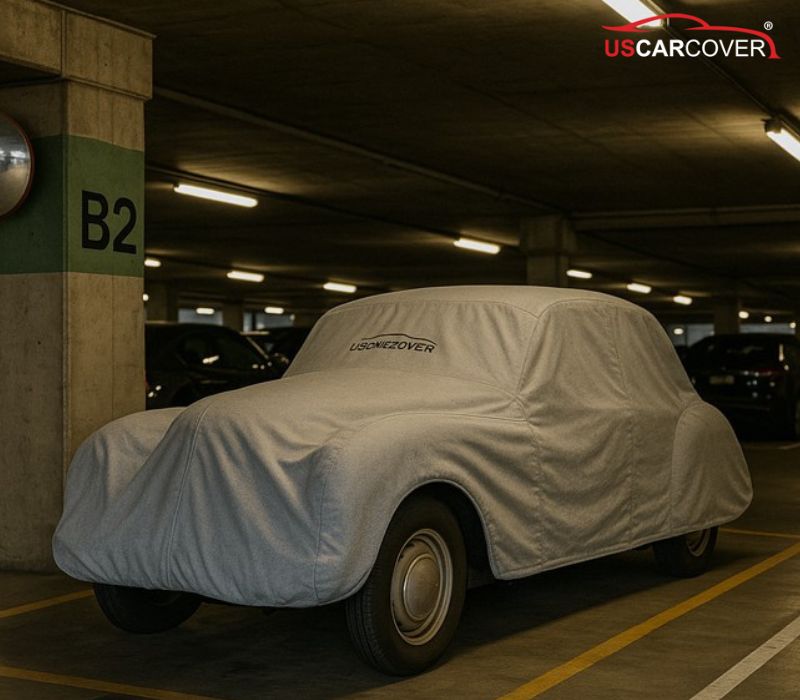
Pacific Northwest (Seattle, Portland and surroundings): Light rain for days, high humidity, lots of trees. The car rarely gets filthy overnight, but it does stay mildly damp. Expect tiny mineral halos after misty rain, a musty smell if the cover runs stuffy, and a slight dulling of bright trim. Choose a highly breathable, quick-drying fabric with a soft, light lining and small ventilation ports. Each time you uncover, hang the cover for a few minutes to air out before storing. Always cover only when the body is fully dry and cool.
California coast and inland valleys (SF Bay, Los Angeles, Central Valley): Coastal mornings can bring fog, while inland valleys run hot and dry. Salt haze can settle on bright trim by the ocean; inland heat creates hot spots. Pick an outer face that reflects a bit of heat yet still breathes, with a smooth inner lining and accurate mirror pockets. Before a long coastal park, dry the bright trim and consider a thin wax layer. In hot valleys, never cover while the engine bay is still warm.
Desert Southwest (Arizona, Nevada, New Mexico): Strong UV, high heat, and powder-fine dust. A heavy cover plus wind can scuff edges in weeks. Go for an ultra-light, very breathable fabric that sheds dust easily, with an extra-smooth lining and low-profile seams. Add soft tie-downs at the nose and tail to control flapping. A lighter exterior color helps reduce heat soak on peak-sun days.
Rocky Mountains and high country (CO, UT, WY, MT at elevation): Higher elevation means harsher sun; freeze-thaw cycles stress materials. Elastic hems stretched tight can print ridges after deep cold. Use breathable fabric that sheds light snow, a gentle elastic hem, and multiple tie-down points to spread load instead of pulling in one spot. After cold-warm swings, recheck the hem and tie-downs before the next long park.
Great Plains and Tornado Alley (KS, OK, TX Panhandle): Wind is the “house special.” Heavy covers feel secure but actually increase friction when they billow. That can leave dull marks along hood and trunk edges. Choose a light, close-fitting cover with multi-point soft tie-downs, including gentle underbody anchors. Before windy nights, check your ties and relax the hem so it doesn’t cut a groove into the finish.
Great Lakes and the Upper Midwest (MI, WI, MN, IL lake belt): Long, humid cold snaps and quick weather shifts from lake effect. The car may not get visibly dirty overnight, but musty odors creep in, and fine salt can pepper bright trim near ferries and docks. Prioritize moisture-venting, quick-dry fabric with a light lining, small vents, and a snug pattern to limit drafts under a carport. Shorten the cleaning cycle for bright trim and always dry the cover thoroughly before storage.
Northeast, Mid-Atlantic, Southeast, and Gulf: Up north: leaf fall and damp cold. Down the coast and along the Gulf: humidity, sudden showers, and sea air. Wet leaves trapped under the hem hold moisture, surprise rain leaves the cover “warm-damp,” and salt can freckle bright trim. Choose breathable, quick-dry fabric with a low-soil outer face, soft light lining, and a desiccant pouch in the storage bag. If your car has an antenna or roof rack, make sure the pattern leaves room. Sweep the parking spot before covering so leaf bits don’t get pinched under the hem.
Not every Austin is used the same way. A show-day car needs different traits than a long-term stored car. Frequent shows: light cover, very soft lining for repeated on/off, accurate mirror pockets, tight pattern. Light city use: breathable, quick-dry, easy to shake clean; balance durability with low weight. Long-term storage: maximize moisture venting and light lining; stick to a regular cover-cleaning cadence. Under restoration: minimize friction everywhere; add thin guard pads over bright trim; inspect tie-downs often. When you match habits to climate, the right configuration becomes obvious.
Choosing by budget, goals, and parking space
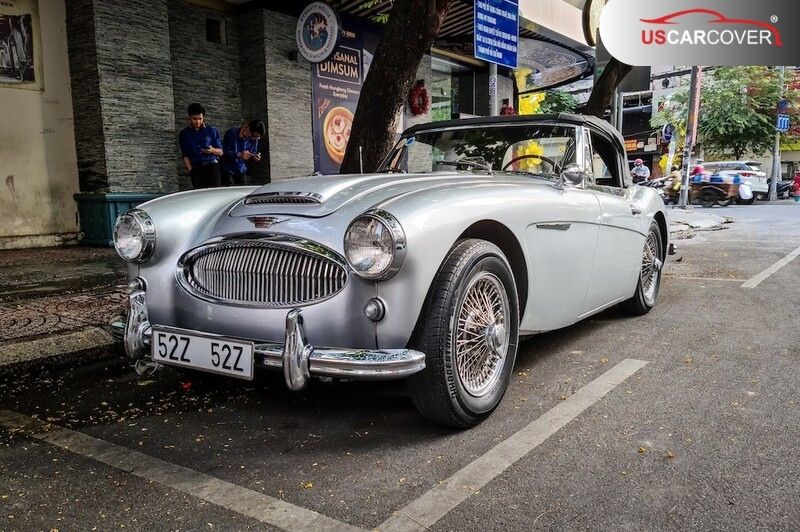
Buying right the first time saves money later. At a minimum, a trustworthy Austin car cover should have a soft, light inner lining, a breathable outer face, and a tailored pattern. By region, consider upgrades like small vents, wide soft tie-downs, a breathable storage bag, and gentle wind straps. By parking space: porches with sprinklers and dew need quick-dry fabrics; breezy carports demand snug fit and multiple tie points; coastal spots favor easy-wash, quick-dry materials. Answer three simple questions-where you park most days, how often you cover and uncover, and whether you value show-day gloss or long-term stability more-and your spec practically picks itself.
New mistakes to avoid
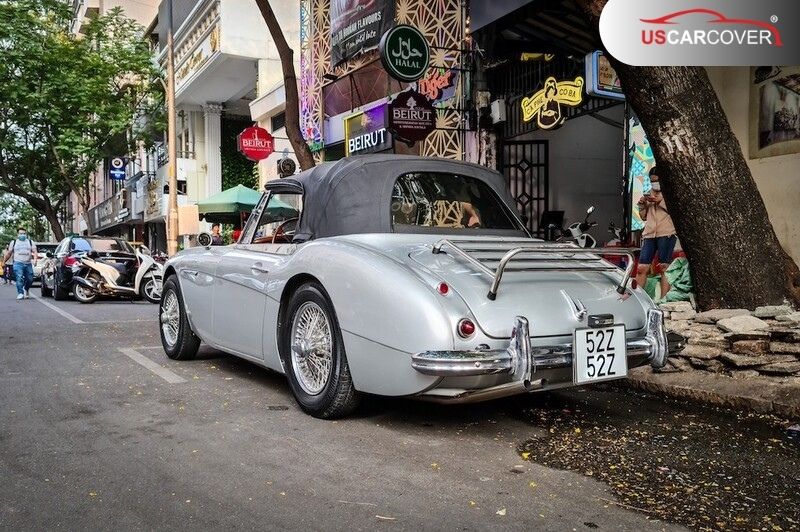
Most problems come from unconscious habits, not the car or the cover.
- Using a plastic tarp as a stand-in traps moisture and smells.
- Washing the cover with heavy-fragrance detergent leaves residue and scent.
- Bagging a damp cover in a sealed sack invites mildew.
- Dragging a cover over an antenna or roof rack tears hems and scratches edges.
- Parking on damp soil lets ground moisture rise and sit under the hem.
Spot these early, change a small habit, and you dodge big bills later. The right add-ons turn covering into a light, safe routine. A breathable storage bag so the cover doesn’t take on odors, wide soft tie-downs to calm wind without printing a ridge, an ultra-soft dust cloth ready in the garage, thin guard pads for bright-trim zones during long storage, and a service sticker on the wall to remind you of the wash cadence-all inexpensive, all genuinely useful.
Five questions to get it right the first time
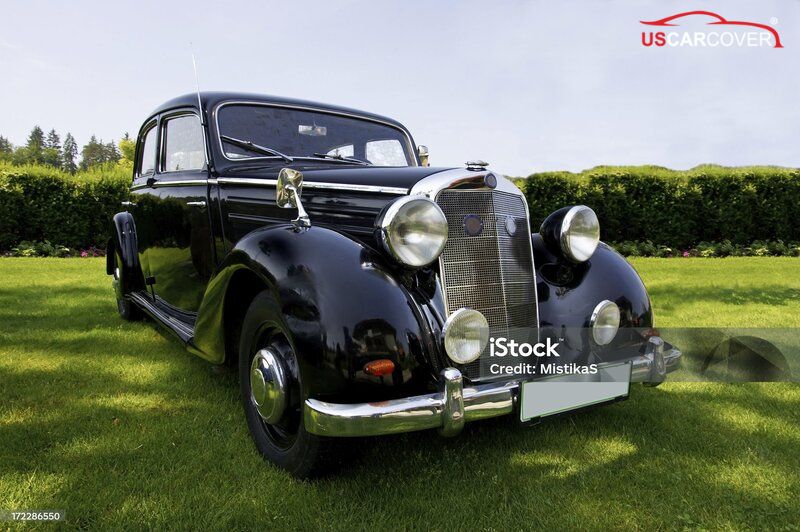
Before you buy, ask yourself:
- Where does the car park most days of the week?
- How many times per week do you cover and uncover?
- Does the car have an antenna, roof rack, or other proud details?
- Is your goal show-day presentation or stable long-term storage?
- Which climate group above matches your area?
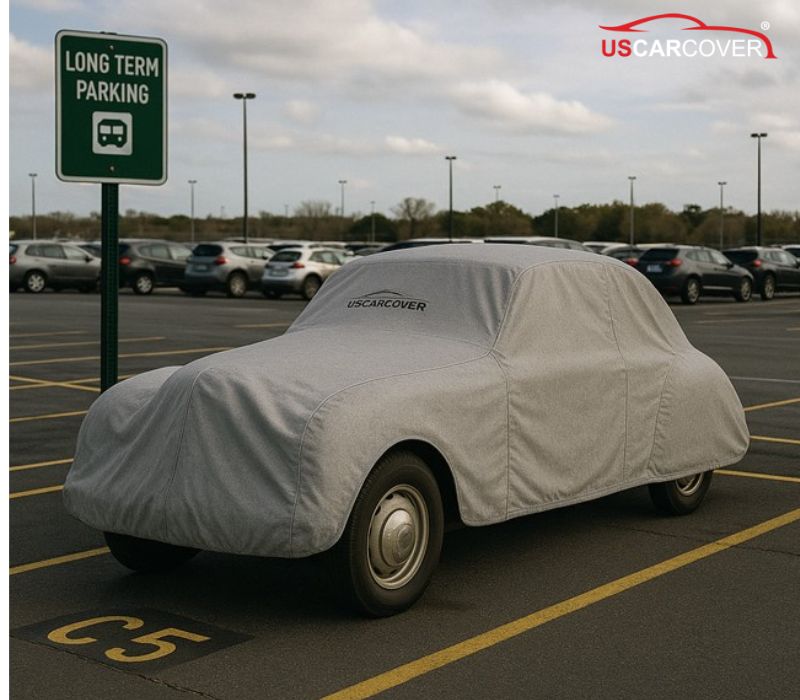
Once you’ve answered these, the correct Austin car cover configuration becomes clear. An Austin is more than transport; it’s memory and personality. A good Austin car cover earns its keep by doing two things right: letting the car breathe and touching the surface gently. Choose based on where the car actually lives, with a soft, light inner lining, a moisture-venting outer face, and a tailored pattern that respects the shapes of the Seven, A30/A35, A40 Farina, Cambridge, Westminster, or Mini. Add a one-minute habit before and after covering, plus a few small parking tweaks, and what you gain isn’t just deep gloss and bright trim it’s peace of mind. Each morning you lift the cover, your Austin still looks composed and ready for the drives you love.
A friendly next step: if you’d like an Austin car cover matched to your climate, body style, and routine, uscarcover can suggest a setup from quick photos of your parking spot and car, and include a printable regional checklist for your garage
